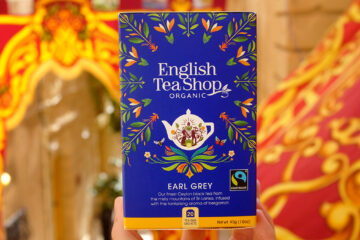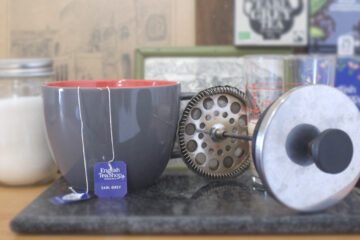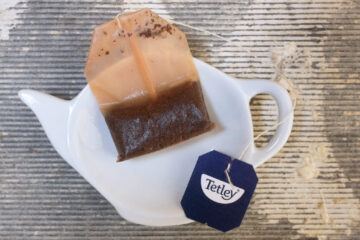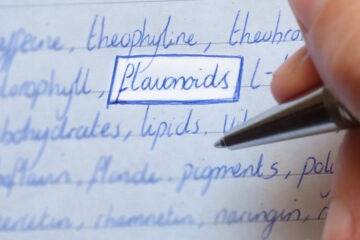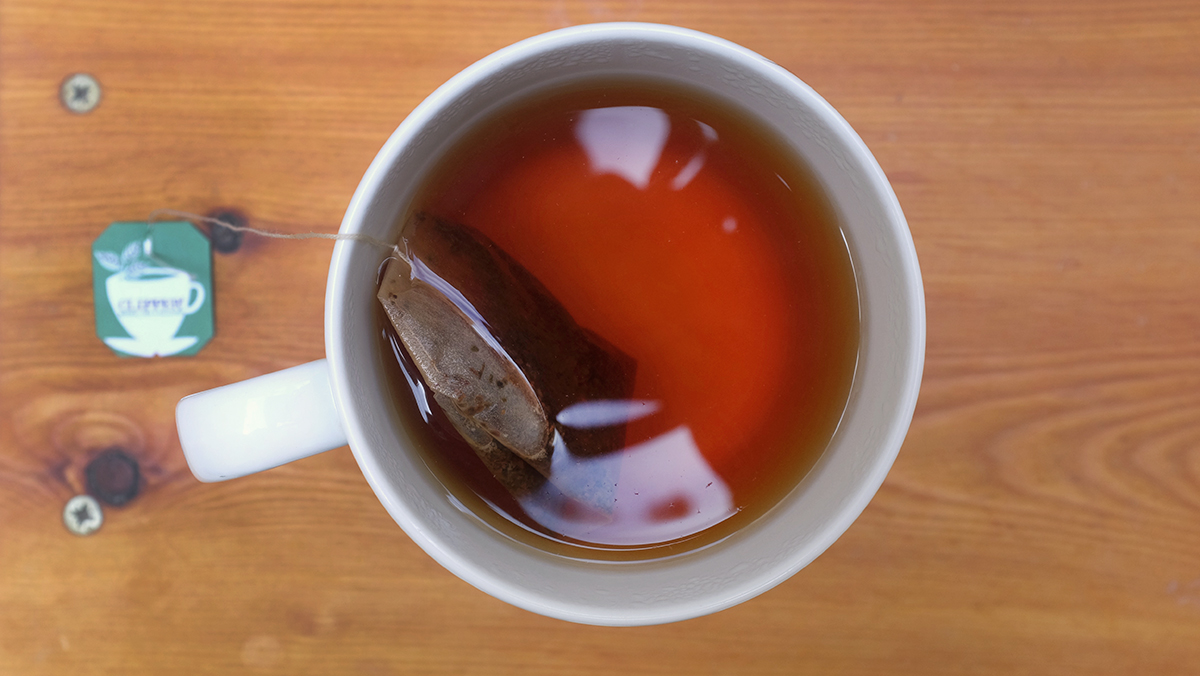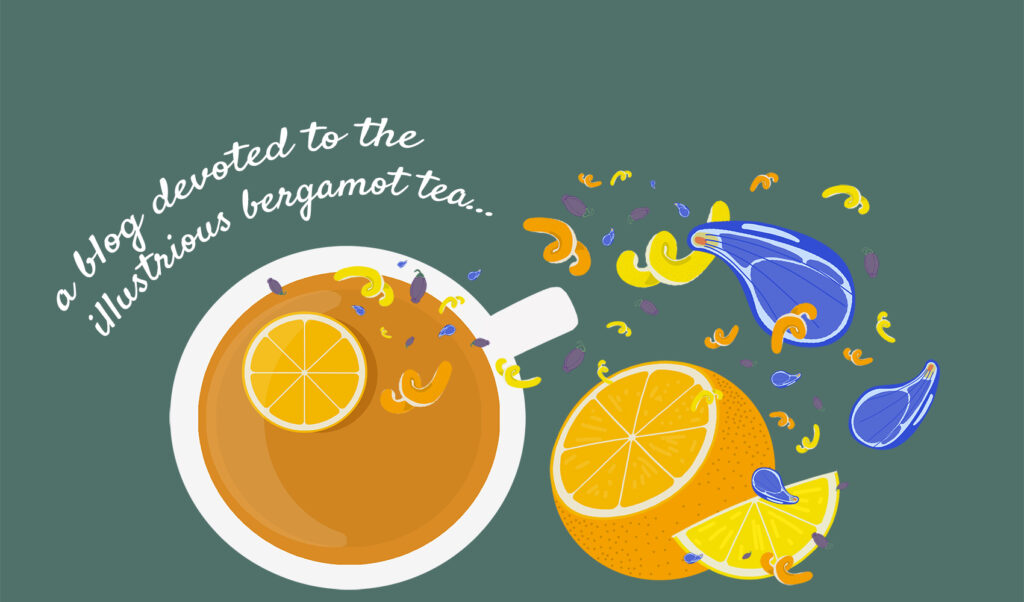It’s late morning. You’ve been working hard today (well, mostly). But now, you need a hit of caffeine to see you through till lunchtime.
That’s right. It’s time for your daily elevenses! A refreshing cuppa to perk you up and maybe a biccy too. Go on. You deserve it.
The kettle’s just boiled. Your teabag’s at the ready. And you’ve already raided the cookie jar. But then you think to yourself – should you put milk in your Earl Grey tea?
Let’s discuss. Quick! Before the boss sees.
Table of Contents
- The History Behind Adding Milk to Tea
- But Wait! It’s Not Just the Brits That Put Milk in Tea
- Hitting You With The Hard Facts
- Tea Drinking Habits Across the Pond
- Getting the Balance Right
- So, Should You Put Milk in Earl Grey Tea?
The History Behind Adding Milk to Tea
Adding milk to tea has long been a point of contention among tea lovers around the world.
But where did this practice begin?
If we turn to one of the world’s biggest tea drinkers, the British, this trend started around the 18th century.
Sources claim that putting milk in tea first helped cool the boiling mixture. In turn, this prevented the bone china cups, commonly used at the time, from cracking.
Others suggest that adding milk to tea helped reduce staining.
Nowadays, putting milk in tea has more to do with flavour, texture, and natural sweetness than fragile drinkware.
Whatever the original reason, this habit stuck. And now, around 98% of Brits can’t imagine a cuppa without a splash of the white stuff. With 79% of Brits now preferring to put the milk in last, not before.
Oh, how times have changed.
But while milk is commonplace in your typical English breakfast (or builder’s brew), does that apply to a black tea blend like Earl Grey?
Before we answer that. Let’s take a look at who else puts milk in their tea.
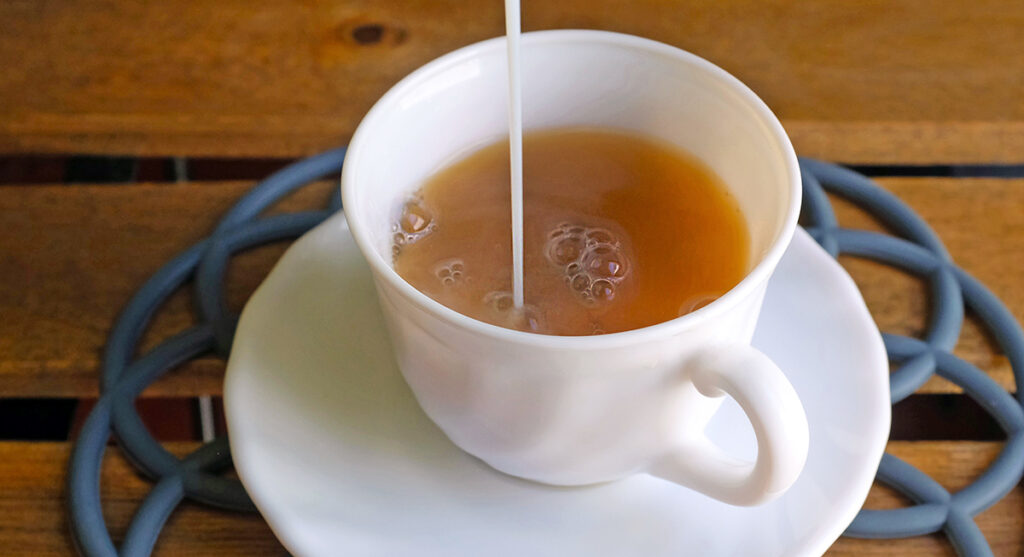
But Wait! It’s Not Just the Brits That Put Milk in Tea
Of course, milk tea isn’t exclusive to just the UK.
Many parts of Asia have their unique twist on the classic tea and milk combo.
One of the most well-known variations is probably bubble tea.
Originally from Taiwan, this trendy iced milk tea has gained a lot of traction across the globe over the years.
Available in a range of tea varieties, the most popular tea base is black tea. And this includes Earl Grey – albeit the less traditional choice.
When it comes to a good ole’ hot cup of Earl Grey tea, though, milk creates a bit of a debate.
Hitting You With The Hard Facts
According to a 2020 YouGov poll, Earl Grey tea is Britain’s 2nd favourite brew after English Breakfast.
A whopping 85% of those British tea drinkers put milk in their English Breakfast and/or Earl Grey tea. This is followed by Sweden, where a meagre 32% of Swedish tea drinkers add milk to their tea.
The rest of Europe is much lower, with around 77% of French and 73% of Danish drinkers preferring to drink their tea without milk.
Sweden, Denmark, Germany, and France were also more likely to add a slice of lemon and/or honey to their tea compared to just 1% of the UK.
Despite the stats, however, I’m certain the majority of UK tea drinkers (even the milk lovers) will say that Earl Grey should be enjoyed without milk.
Tea Drinking Habits Across the Pond
In the US, it’s a different story.
Typically, people don’t usually think of the USA when talking about tea. However, this tasty coffee alternative is steadily rising in popularity.
In fact, a study by The Tea Association of the U.S.A. Inc. reports that 87% of millennials in America drink tea. With up to 159 million Americans gulping tea daily.
And while 75-80% of Americans choose to drink their tea iced, the consumption of hot and speciality teas is on the increase. That’s a 5-10% decrease in iced tea over hot tea according to a 2013 article by BBC America which originally reported it to be 85%.
Typically, American iced tea is drunk without milk. However, when it comes to hot tea like Earl Grey, apparently Americans like it with milk, cream or even half and half.
While it seems to largely come down to preference. And in some cases, where you come from. Milk in Earl Grey tea is becoming more common.
Concoctions like the London Fog, for instance, have created a new way to drink and Enjoy Earl Grey tea.
Made from steamed milk, vanilla syrup, and of course, some Earl Grey tea, this frothy latte is the stuff of Pinterest and Instagram dreams.
Invented in Canada of all places, it’s no wonder that their American cousins like to put milk in their Earl Grey.
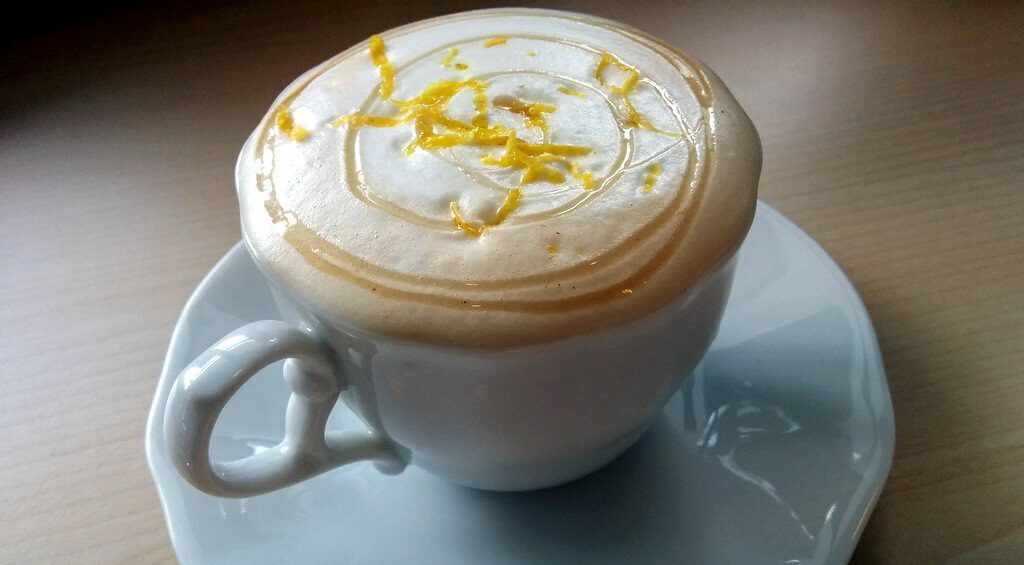
Getting the Balance Right
So you’ve decided to go for it. It seems innocent enough, right? What’s the harm in putting a bit of cow juice in your steaming hot Earl Grey?
But wait! Can you just add milk to Earl Grey tea all willy-nilly? Or is there a right and a wrong way to go about it?
When deciding whether you should put milk in Earl Grey tea, getting the balance right is crucial.
Here are a few things to consider when picking the best Earl Grey for a milk tea.
The Strength of Your Tea Base
Traditionally Earl Grey tea is made with black tea. However, as there’s no trademarked recipe, the tea base can vary.
Each tea offers its own unique taste, strength, and mouthfeel. That’s why it’s important to check which tea is in your Earl Grey blend.
Unfortunately, not all teamakers disclose this information. Or, they like to keep it vague with simply ‘black tea’ listed in their ingredients. This is especially true when using a teabag instead of loose leaf tea. As a result, this can make choosing the best Earl Grey blend to add milk to a little tricky.
The most common teas used to make Earl Grey is Keemun and Ceylons. But sometimes teamakers use other varieties such as Kenyan or Assam tea. Or, in some cases, they use a mix of different black teas to create the perfect blend.
If you’re unsure which black tea is in your Earl Grey blend, you’ll need to conduct a taste test. Or, read some Earl Grey reviews to find out which one works best.
Ultimately, you’ll want a full-bodied, robust, heady, and slightly bitter Earl Grey that won’t lose its flavour once you add milk.
While there’s no right or wrong answer here, not all black teas are equal.
Something like a Kenyan, Assam or a Ceylons blended black tea (similar to what you get in an English Breakfast blend) should do the trick.
Keemun, on the other hand, has quite a delicate, subtle flavour that can easily get washed out by adding something bland and creamy like milk.
The Type of Flavouring
Of course, it wouldn’t be an Earl Grey tea without that zesty floral flavouring it’s famous for.
Bergamot is what the majority of teamakers use. However, some tea brands like to use Neroli oil. While others may use artificial flavouring to mimic the bitter citrus and floral taste.
Citrus oil and milk? Sounds like a disaster waiting to happen, right? But worry. The amount of bergamot oil in your Earl Grey is unlikely to be enough to curdle your milk.
That said, it’s still important to think about the flavouring of your Earl Grey tea. And, if the milk will help bring out the fragrance or, worst-case scenario, mask it – something you definitely don’t want.
Loose or Teabag?
Bagged tea is great. It’s cheap, it’s convenient, and there’s a lot of choices when it comes to blends like Earl Grey tea.
But unless you do your research, some bagged Earl Grey can be a little weak. Especially when you add milk into the mix.
In contrast, loose tea leaf blends tend to use higher quality tea. As a result, you’ll get a richer, bolder, and overall tastier cup of Earl Grey. Perfect for putting milk into.
If you decide to go loose, just make sure you have everything you need to brew a delicious cup of milk tea. For example, a tea strainer or infuser.
For teabags, you may want to double up to ensure you get the best ratio of milk to Earl Grey tea flavour.
The Steep Time
So you’ve decided on which tea to use, now comes the steep time.
Most Earl Grey teas come with brewing instructions. But when it comes to steeping Earl Grey tea with milk, you may want to go rogue.
As more people drink Earl Grey without milk, these one size fits all style steep times are handy. But, they’re unlikely to take into account the addition of milk.
Whatever you decide, just remember that the milk will help mellow out and reduce the amount of bitterness that a long steep will produce.
This means that you can get away with keeping that teabag in for a little longer than usual.
An added bonus of a longer steep time allows you to get more health benefits from your tea.
The Milk
One of the most important components of a milk Earl Grey tea is, well, the milk.
Not only does milk tea taste good, but it’s nutritious too. Think B vitamins, calcium, phosphorus, potassium, and vitamin D. It’s also an excellent source of protein.
Combine that with the antioxidants found in black tea and you’re onto a winner, right?
Well, probably. It depends on who you ask.
Some studies suggest that milk may interfere with the health benefits of the antioxidants produced by black tea. While other studies suggest that steep time has more of a bearing on nutrient absorption.
So, Should You Put Milk in Earl Grey Tea?
The TL;DR answer is… er, maybe.
Sorry. But as it turns out, it’s not that simple. Mostly because it comes down to personal preference.
Perhaps an easier question would be – can you add milk to Earl Grey tea?
In which case, yes. If you want.
But, it does depend on a few factors.
The tea base, bergamot flavouring, temperature, steep time, and the amount of milk you use will all determine how your cup of Earl Grey will turn out.
Still not sure? The best thing to do is try it and see. What have you got to lose?


